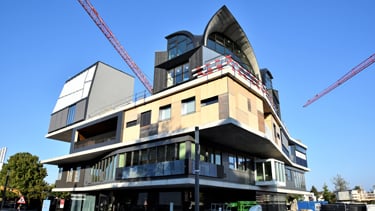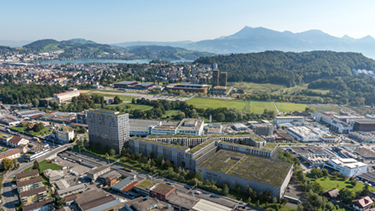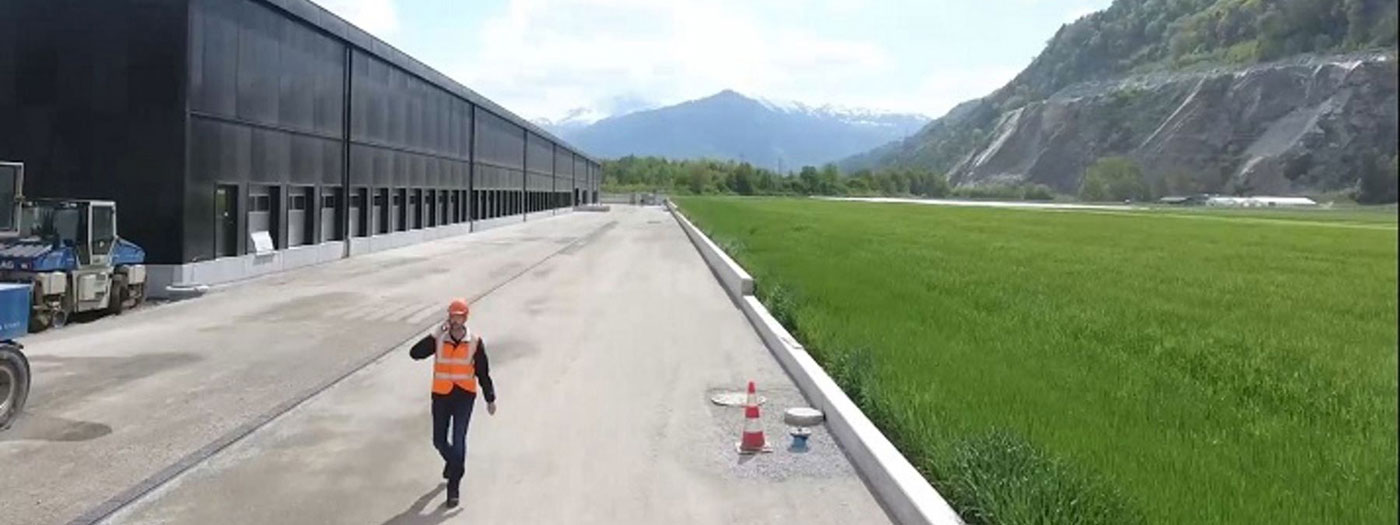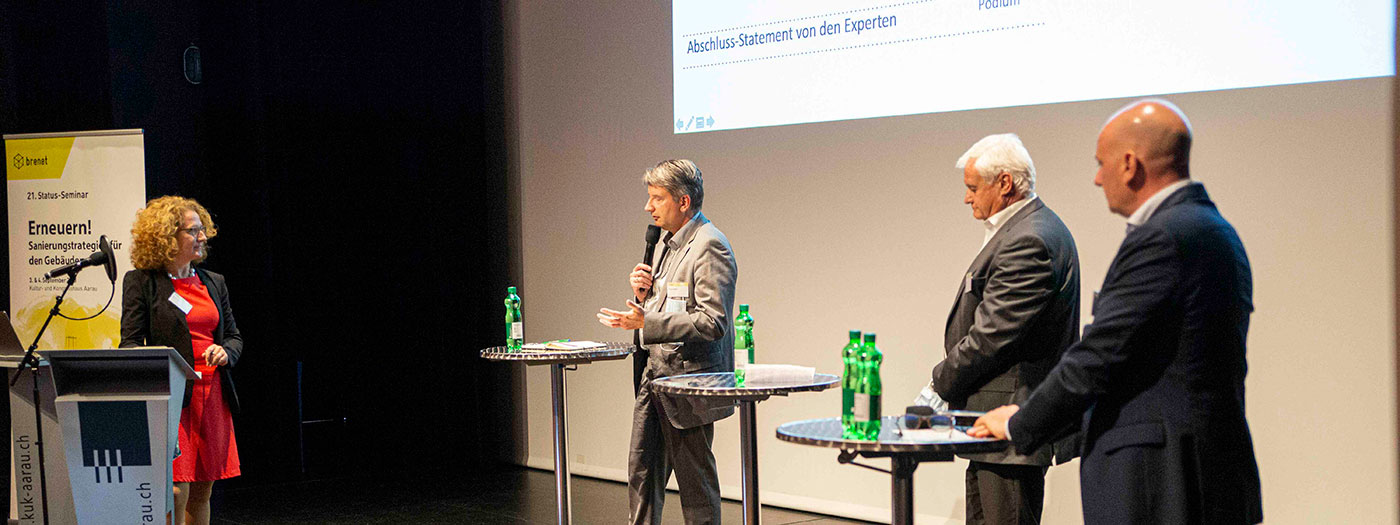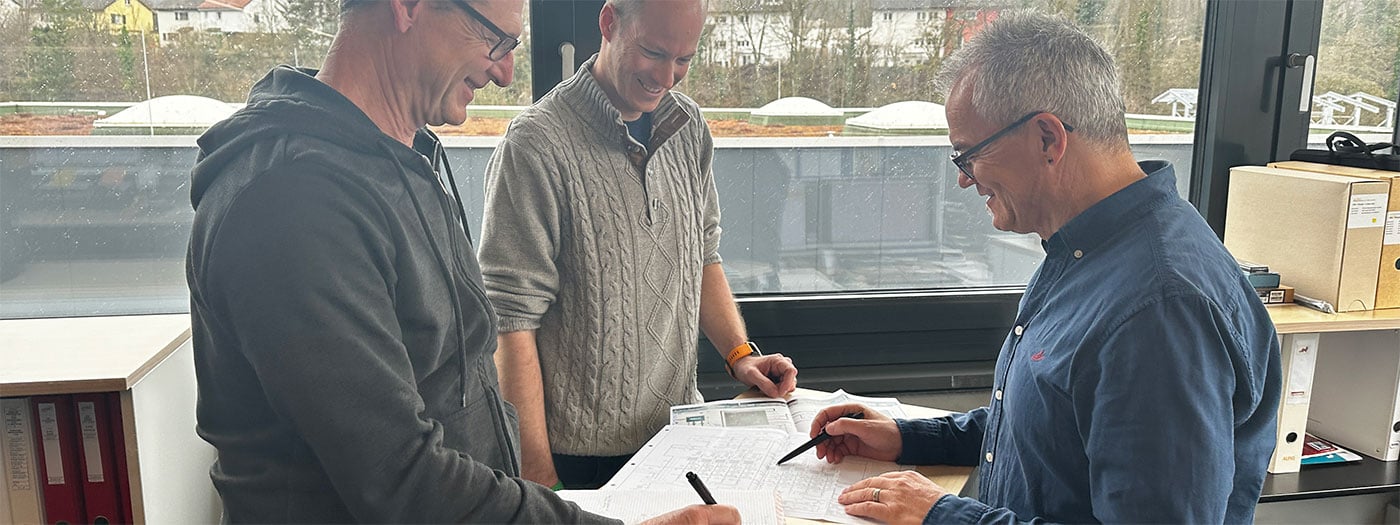In addition to this large-scale work, the distribution networks were likewise transformed. The network of hydraulic pipes carrying water from the lake has been expanded to handle the new set-up, while the heat distribution network and its 26 associated substations have been upgraded. A network of gas supply pipes for the new boilers has also been put in place. These works took up a total of 3.5 hectares on shore and 2 hectares on the lake. In the current operational phase, the project is focusing on better usage of the energy mix and on how the new installations perform.
No operation of this complexity comes without major challenges. Work took place as everyday university life carried on alongside, which meant that the heating and cooling systems could never be switched off. A key concern was to ensure the safety of everyone at the location and on the construction sites. 15,000 people are on campus every day – making it the equivalent of a small town – and the campus is traversed by several cantonal and communal roads, M2 lines and buses. All these considerations had to be integrated into operational planning throughout the project.
Bouygues Energies & Services and its various teams were highly invested, involving other companies such as Kummler+Matter EVT and Helion in the work. Project chief Damien Roulet commented: ‘My role was to inspire our clients, reps and specialists to share in a common vision, so that our energy objectives could ultimately be achieved. I’m proud that we managed to bring all these people together and deliver the results we set out to.’ This project of modernising EPFL’s thermal infrastructure will stay with everyone involved as a valuable experience and a great human adventure.
